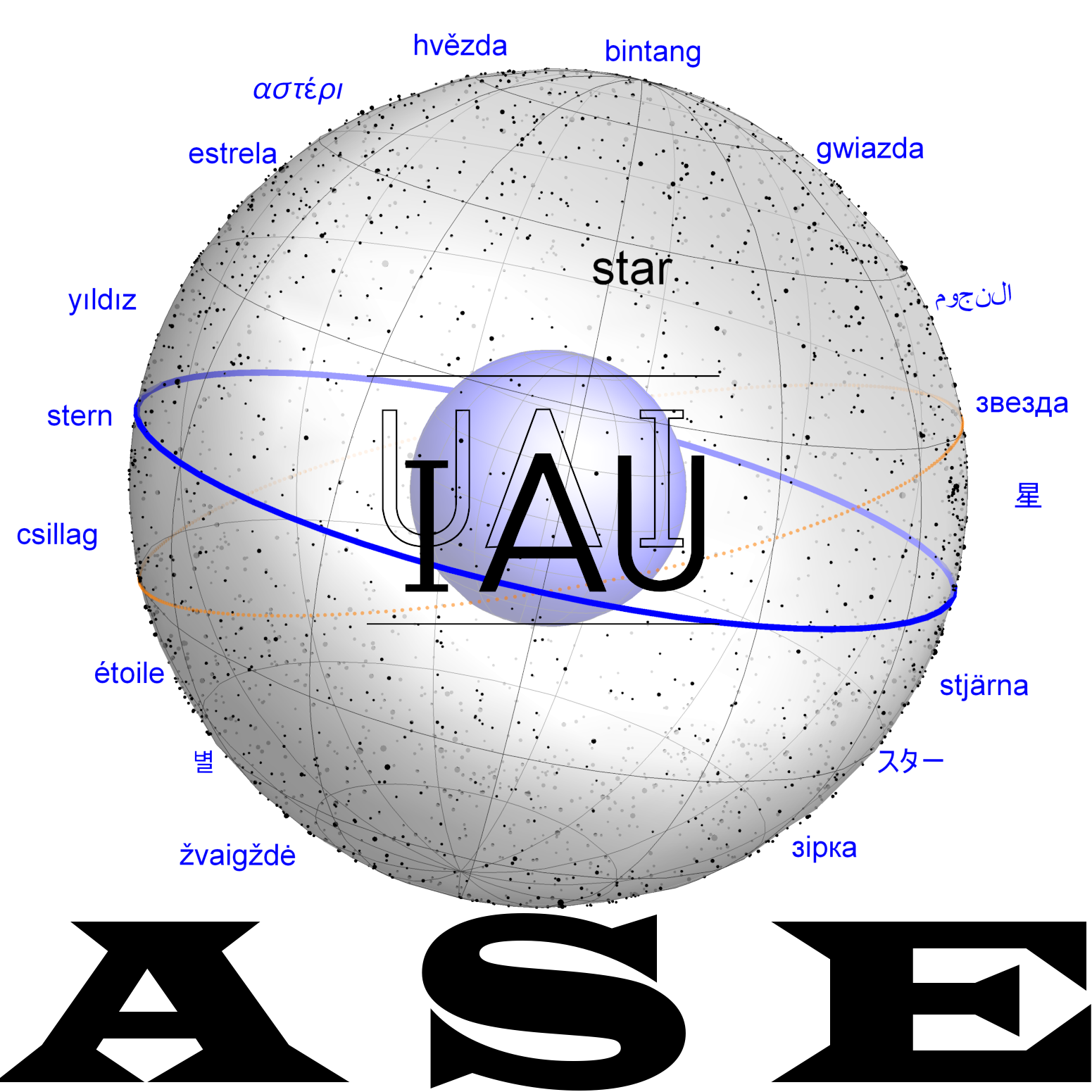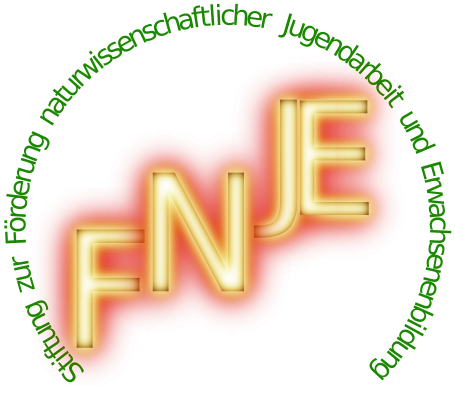GIBIL6: Difference between revisions
DavidHilder (talk | contribs) No edit summary |
(added a lot to opening, what identification with H and x Per.) |
||
| Line 1: | Line 1: | ||
''Heading mulGIBIL6 (Girra)'' |
|||
{{DISPLAYTITLE:<sup>mul</sup>GIBIL<sub>6</sub>}} |
{{DISPLAYTITLE:<sup>mul</sup>GIBIL<sub>6</sub>}} |
||
[[File:OldMan+h+chiPer stellarium+myFoto.jpg|thumb|The Mesopotamian constellation of The Old Man, Enmesharra, with a photograph of the double star cluster h and chi Per. Painting by Jessica Gullberg, photograph and composition of the images by Susanne M Hoffmann (2025).]] |
|||
The astral manifestation of the Sumero-Akkadian fire-god Girra. In Old Babylonian Prayers to the Gods of the Night, Girra is an independent constellation, <big>m<u>ost likely double star cluster h and χ Per. <nowiki>[[need proof for this and/or drawing???]]</nowiki>.</u> Later, Girra becomes identified with Mars because of its fiery red-orange color (see Horowitz 2020: 142-143) = 127. Horowitz W., 2020, “Sky Blue, Red Heavens, and Orange Over Ancient Mesopotamia,’ Journal of Ancient Civilizations 35: 135-146. </big> |
|||
| ⚫ | |||
| ⚫ | |||
likely referring to the d |
|||
==Dictionary== |
==Dictionary== |
||
| Line 7: | Line 13: | ||
Var. readings: |
Var. readings: |
||
* <sup>d</sup>BIL.GI, <sup>d</sup>NE.GI; = <sup>d</sup>GIŠ.BAR; = <sup>d</sup>''Girru'', fire god |
* 1) <sup>d</sup>BIL.GI, <sup>d</sup>NE.GI (GIBIL<sub>6</sub>); = <sup>d</sup>GIŠ.BAR; = <sup>d</sup>''Girru'', Sumero-Akkadian fire god, Girra. |
||
* 1) star or constellation, |
|||
* 2) epithet of Mars, see also (Kurtik g13) [[GIŠ.BAR]]. |
* 2) epithet of Mars, see also (Kurtik g13) [[GIŠ.BAR]]. |
||
| Line 19: | Line 24: | ||
Old Babylonian prayer: |
Old Babylonian prayer: |
||
* (a) Erm. 15642: ''na-wa-ru-um'' <sup>d</sup>BIL |
* (a) Erm. 15642: ''na-wa-ru-um'' <sup>d</sup>BIL.GI "Brilliant Girra." [Horowitz 2000, 196-197:15], and also [Shileiko 1924, 147; Dossin 1935, 180; von Soden 1936, 306], |
||
* (b). AO 6769: ''nam-ru'' <sup>d</sup>BIL |
* (b). AO 6769: ''nam-ru'' <sup>d</sup>BIL.GI "Brilliant Girra." [Dossin 1935, 181-182:16; Horowitz 1996, 60], |
||
* (c) CBS 574: ''šam-ru'' <sup>d</sup>GIB[IL<sub>6</sub>] "Fierce |
* (c) CBS 574: ''šam-ru'' <sup>d</sup>GIB[IL<sub>6</sub>] "Fierce Gir[ra]" [Horowitz-Wasserman 1996, 58:13]. |
||
| |
| |
||
|- |
|- |
||
|Seleucid temple ritual. |
|Seleucid temple ritual. |
||
* <sup>múl</sup>AN <sup>d</sup>BIL |
* <sup>múl</sup>AN <sup>d</sup>BIL.GI ''ez-zu''... "Mars, the wrathful Girra ..." [RAcc 138, 153:308; Linssen 2004, 220:308]. |
||
* W. 22281a. |
* W. 22281a. |
||
** <sup>d</sup>BIL |
** <sup>d</sup>BIL.GI ZALAG<sub>2</sub> ''ša''<sub>2</sub> IGI <sup>d</sup>''En-me-šar''<sub>2</sub>''-ra'' "The brilliant (fiery) Girra before Enmesharra" [SpTU I, 95:10ʹ]; for full text see (Kurtik h12) [[ḪUN.GA2|<sup>lú</sup>ḪUN.GA<sub>2</sub>]]. |
||
* List K 7069: |
* List K 7069: |
||
** <sup>d</sup>EN.ME.ŠAR.R[A ...] / <sup>d</sup>EN.ME.ŠAR.RA[...] / MUL.MUL ''za-ap-pu'' [...] / <sup>mul</sup>BIL.GI IZI. GAR [...] / <sup>[m]ul</sup>ŠUDUN M[UL...] / <sup>[m]ul</sup>''ka-li-tum'' [...] |
** <sup>d</sup>EN.ME.ŠAR.R[A ...] / <sup>d</sup>EN.ME.ŠAR.RA[...] / MUL.MUL ''za-ap-pu'' [...] / <sup>mul</sup>BIL.GI IZI. GAR [...] / <sup>[m]ul</sup>ŠUDUN M[UL...] / <sup>[m]ul</sup>''ka-li-tum'' [...] |
||
** "Enmesharr[a...] / Enmesharra [...] / Stars, Stubble / |
** "Enmesharr[a...] / Enmesharra [...] / Stars, Stubble / Girra, light [...] / Yarmo, Z[vedda...] / Kidney [...]" [CT 26, 49:4-9; Cooley 2013, 126] |
||
| |
| |
||
* Mars |
* Mars |
||
* double star cluster h+χ Per |
* double star cluster h+χ Per |
||
*double star cluster h+χ Per |
*double star cluster h+χ Per |
||
|} For |
|} For an identification of Girra with the Heavenly Bull constellation see. [Cooley 2013, 126-129]. |
||
==Historical Dictionaries== |
==Historical Dictionaries== |
||
{| class="wikitable" |
{| class="wikitable" |
||
Revision as of 14:16, 24 April 2025
Heading mulGIBIL6 (Girra)
The astral manifestation of the Sumero-Akkadian fire-god Girra. In Old Babylonian Prayers to the Gods of the Night, Girra is an independent constellation, most likely double star cluster h and χ Per. [[need proof for this and/or drawing???]]. Later, Girra becomes identified with Mars because of its fiery red-orange color (see Horowitz 2020: 142-143) = 127. Horowitz W., 2020, “Sky Blue, Red Heavens, and Orange Over Ancient Mesopotamia,’ Journal of Ancient Civilizations 35: 135-146.
mulGIBIL6 is an ancient Mesopotamian asterism, in fact
likely referring to the d
Dictionary
Kurtik with Hilder, Hoffmann, Horowitz, Kim
Var. readings:
- 1) dBIL.GI, dNE.GI (GIBIL6); = dGIŠ.BAR; = dGirru, Sumero-Akkadian fire god, Girra.
- 2) epithet of Mars, see also (Kurtik g13) GIŠ.BAR.
| Sources | Identifications |
|---|---|
| "Prayers to the Gods of the Night."
Old Babylonian prayer:
|
|
Seleucid temple ritual.
|
|
For an identification of Girra with the Heavenly Bull constellation see. [Cooley 2013, 126-129].
Historical Dictionaries
| Kurtik (2022, g13) | Gössmann (1950) |
|---|---|
| вар. чтения: dBIL.GI, dNE.GI; = dGIŠ.BAR; = dGirru, бог огня Гирру/Гирра; 1) звезда или созвездие, 2) эпитет Марса, см. также g13GIŠ.BAR.
I. Источники. «Молитвы ночным богам». Старовавилонская молитва: а) Erm. 15642: na-wa-ru-um dBIL:GI «Блестящий Гирра» [Horowitz 2000, 196–197:15], а также [Шилейко 1924, 147; Dossin 1935, 180; von Soden 1936, 306], b). AO 6769: nam-ru dBIL:GI «Блестящий Гирра» [Dossin 1935, 181–182:16; Horowitz 1996, 60], c) CBS 574: šam-ru dGIB[IL6] «Свирепый Гир[ра]» [Horowitz–Wasserman 1996, 58:13]. Селевкидский храмовый ритуал. múlAN dBIL:GI ez-zu… «Марс, гневный Гирра …» [RAcc 138, 153:308; Linssen 2004, 220:308]. W. 22281a. dBIL:GI ZALAG2 ša2 IGI dEn-me-šar2-ra «Блестящий (огненный) Гирра перед Энмешаррой» [SpTU I, 95:10ʹ]; полный текст см. h12lúḪUN.GA2. Список K 7069: dEN.ME.ŠAR.R[A …] / dEN.ME.ŠAR.RA[…] / MUL.MUL za-ap-pu […] / mulBIL.GI IZI.GAR […] / [m]ulŠUDUN M[UL…] / [m]ulka-li-tum […] «Энмешарр[а …] / Энмешарра […] / Звезды, Щетина / Гирра, свет […] / Ярмо, З[везда…] / Почка […]» [CT 26, 49:4–9; Cooley 2013, 126] Отождествление Гирры с созвездием Небесный Бык см. [Cooley 2013, 126–129]. |
Example |




